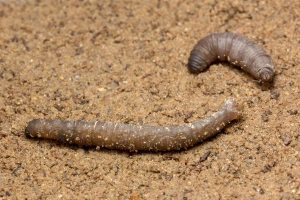
All my life, I’ve known them as mosquito hawks. Built like extra-large, spindly-legged versions of mosquitoes, they look a bit intimidating. However, growing up we were told they were harmless and actually fed solely on mosquitoes. In the days before Google, I just accepted it as fact and was glad to see them around.

Over the last couple of weeks, there’s been a bit of an invasion of these insects. I started seeing them everywhere outdoors and inside my office building. They are slow movers, bouncing in the air more than flying. After several days of seeing them everywhere, though, they pretty much disappeared.
Like much folk wisdom accrued through my life, the story of the mosquito hawk is not totally true. They are harmless, that much is correct. While many people do know them as mosquito hawks, the accepted common name is the crane fly. Crane flies come in a wide variety of sizes and colors, ranging as some of the smallest and largest species in the fly Order, Diptera. Their diversity is rather mind-blowing, with the Family Tipulidae including about 15,000 species of crane flies worldwide.

As for being voracious predators of mosquitoes, we have no such luck. Crane flies barely eat at all, because their adult life span is as short as those two weeks I recently noticed them around. They spend most of their lives as aquatic larvae, living in streams, pond edges, and rotting vegetation. Adults do not have the right mouth anatomy to eat other insect prey, instead drinking only by sponging up water in dew form or taking nectar from plants. Their primary purpose in adulthood is to complete the mating process. Females lay eggs near water, hence the location as larvae. After this hedonistic spring break experience of adult life, they die.
Crane flies, in both larval and adult forms, are popular snacks for other wildlife. The adults are easy targets for birds and bats. The larvae, which in some species are as large as a pinky finger, are tasty morsels for fish and amphibians. During their larval existence, crane flies ingest debris, helping with the decomposition process and filtering the water bodies they live in. Despite their short life span, crane flies make an outsized contribution to the food web.
 7
7
